View cameras are simple, do not require batteries, and working with this medium allows the photographer to step outside the obsolescence cycle of digital imaging. That’s one of the things I love about large format.
This isn’t to say that I’m opposed to technology — a look at my video kit will show how I enjoy the benefits of the latest and greatest — but when it comes to landscape photography, there is something very rewarding about working with a mature technology. The photo I produce today will be the same quality as a photo produced 10 years in the past, or 10 years in the future.
Nevertheless, technology has worked its way into large format photography in the form of apps. What once took math and memorization can be calculated with an app. This includes reciprocity failure, bellows extension, and even timing the length of an exposure itself. I’m not against all of this, but what if you lose your phone? What if the battery dies? How easy is it to operate your phone with gloves in inclement weather? The time spent creating a very simple notebook will save you a lot of time in the field.
In a previous post, Alan Brock mentioned the possibility of paper cuts when operating a notebook — a valid concern. This is why I use a Moleskine notebook with rounded safety corners.

Here’s a peak inside the contents of the notebook that I use. In a twist of wicked irony, I used the Reciprocity Timer app to create these handwritten tables for reciprocity failure. I have a page for each film I use, Velvia 50, Provia 100, and Ektar 100.
You might notice that the pages seem a bit warped. That’s because the notebook has been subjected to rain. Despite the elements, I was able to access the information in a timely manner, often times while wearing gloves. Need your hands free? Simply activate hands-free mode by placing the notebook on the ground with a rock to hold it in place. You might lose your oak leaf bookmark, but those things literally grow on trees.
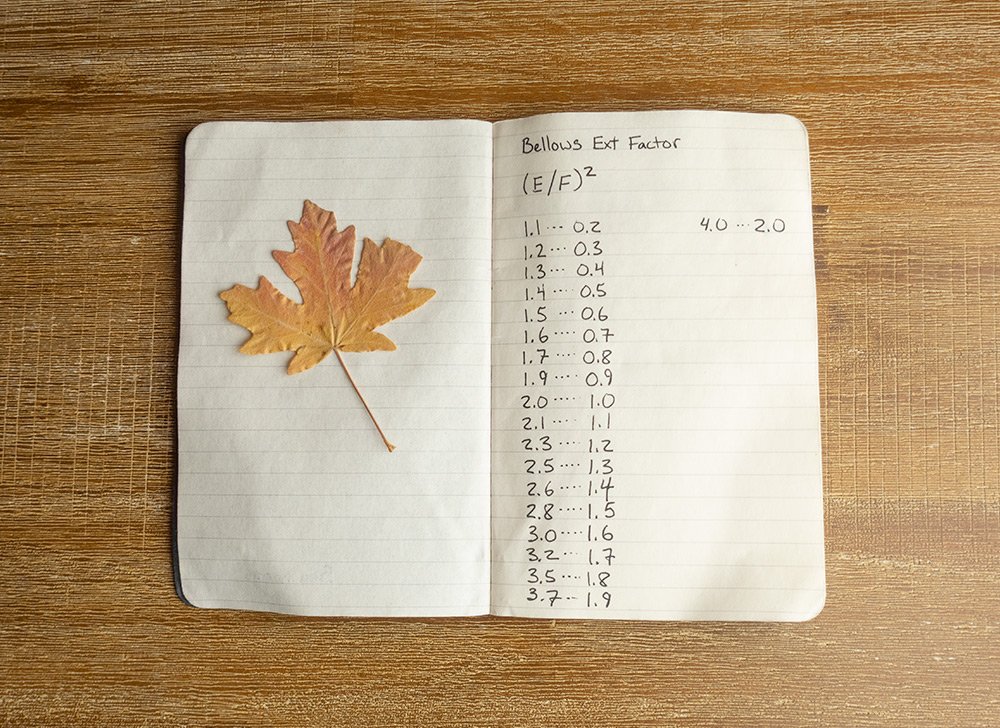
Another page I commonly refer to is the bellows extension guide. This has a simple equation for the (E) measured extension and the (F) focal length of the lens. Just do a bit of math, and refer to the table below to calculate bellows over extension for closeups. I carry a tiny tape measure and a tiny calculator with me in addition to the one that’s on my phone.
There is a side benefit of creating a notebook like this. The mere act of writing down this information will help commit some of it to memory. So in short, go ahead and use those apps, but it is in your best interest to back it up with a notebook for those times when the technology lets you down, or your phone is wedged in that french fry graveyard between your drivers seat and the center console.
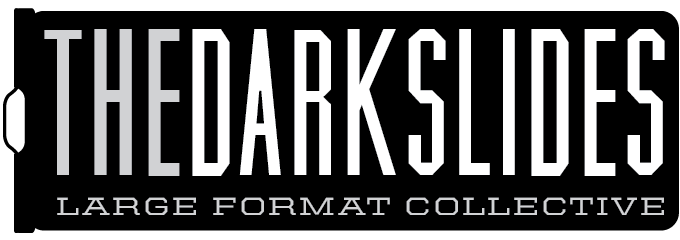
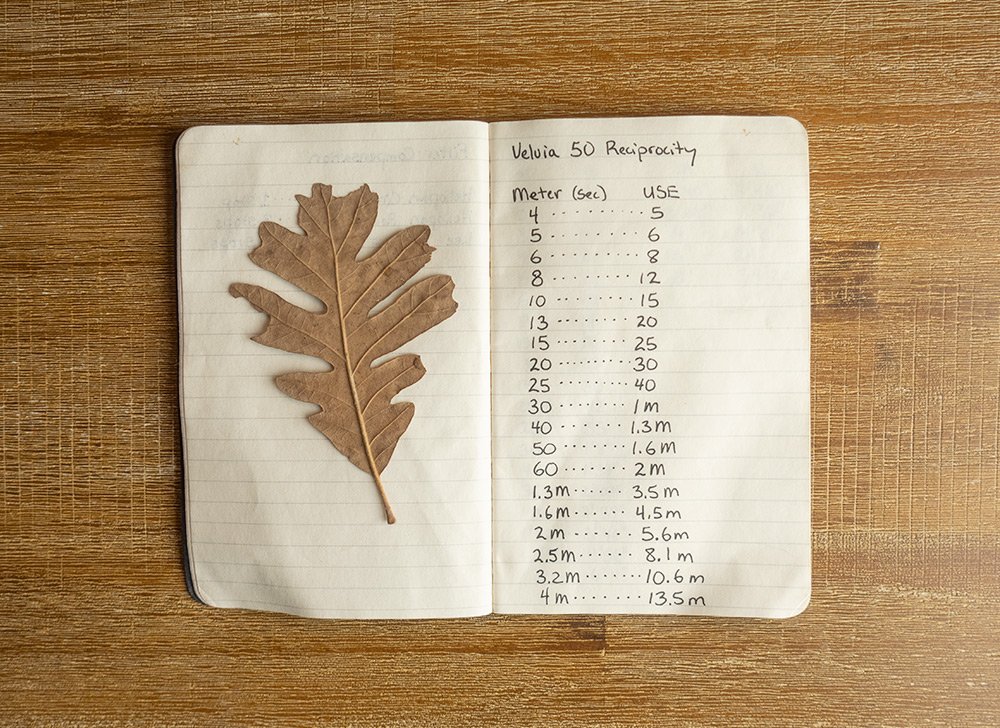
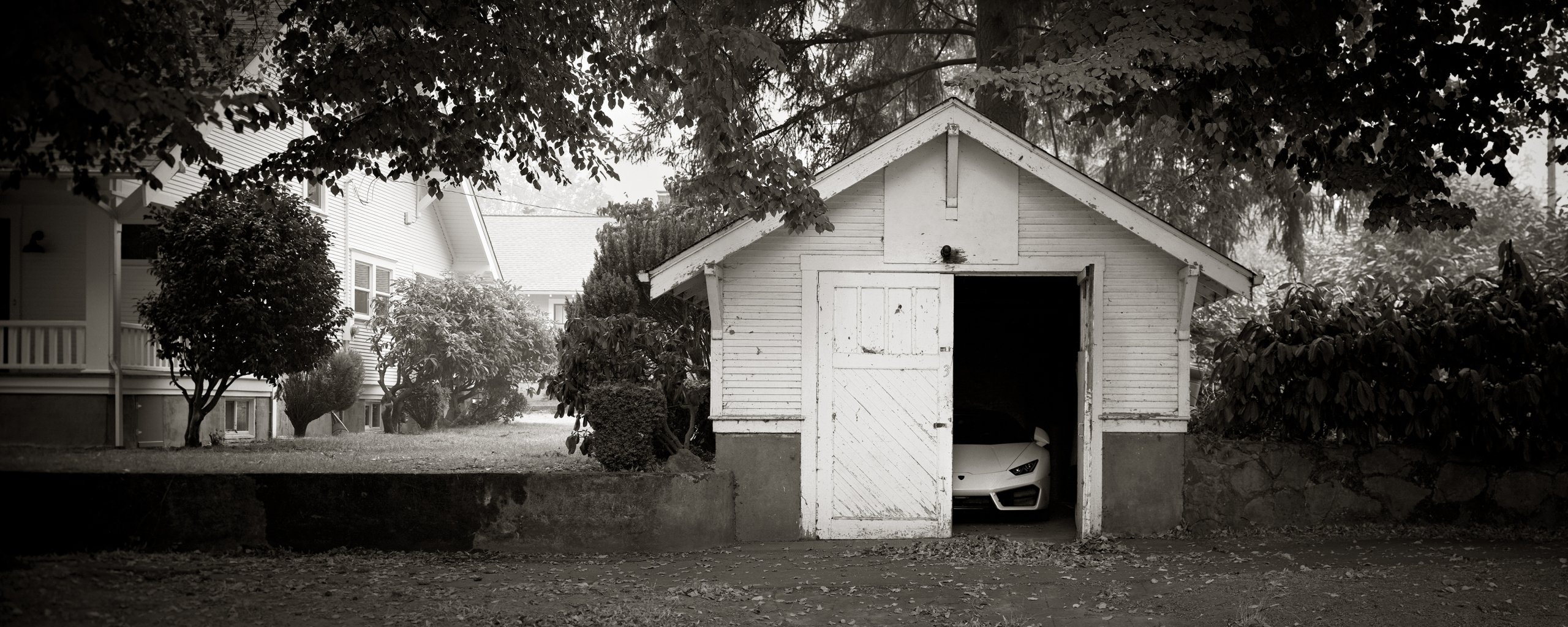
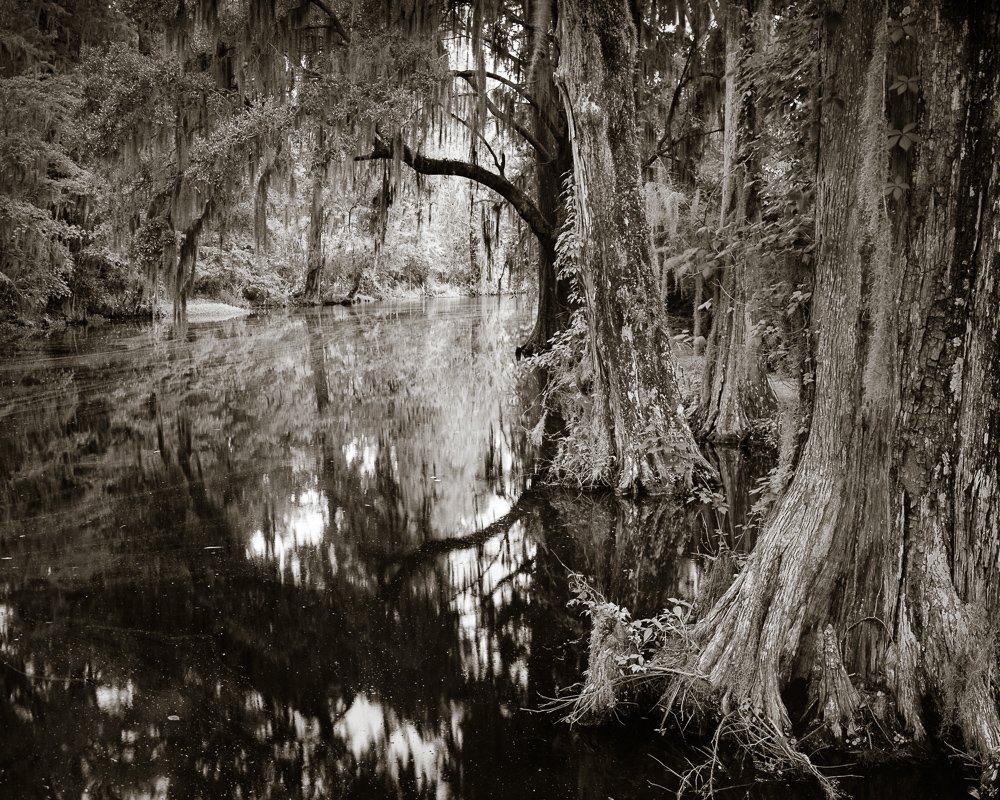

0 Comments